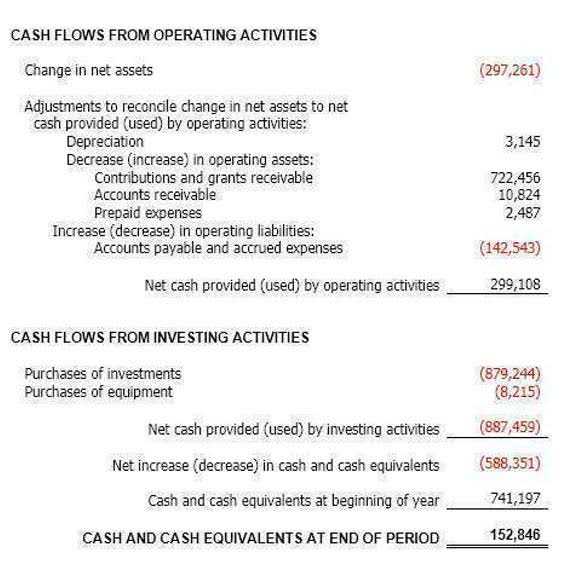Journal Entries Examples Format How to Use Explanation

You notice there is already a creditin Accounts Payable, and the new record is placed directly acrossfrom the January 5 record. In the last column of the Cash ledger account is the runningbalance. This shows where the account stands after eachtransaction, as well as the final balance in the account. How do weknow on which side, debit or credit, to input each of thesebalances?
What Is a T Account in Accounting and How Is It Used?
- Any transaction a business makes will need to be recorded in the company’s general ledger.
- The process is straightforward, and you can always tweak things as you go along.
- The use and purpose of a T account is to help business owners visualize the amounts on each individual account.
- It’s particularly useful for those studying accounting or managing a business’s finances.
- It is typically prepared at the end of an accounting period before financial statements are generated.
The second transaction will credit the accounts payable T account for $50 and debit the supplies account for $50. On account is saying that the supplies will be paid for later and that is why we increase accounts payable with a liability. Many people starting out learning accounting get mixed up with their debits and credits.
Identify the Transaction Type

Remember when I said that T accounts were the first things I learned in accounting classes at business school? Well, that’s the primary reason accountants use T accounts specifically. By the time you have an accounting certificate, you have at least a decade of experience using T accounts. Then, the two involved accounts are your cash account and your revenue account. This setup allows you to see at a glance how each transaction impacts your account balance, making it a valuable tool for financial analysis. In this article, we’ll walk through the process of trial balance setting up T Accounts in Excel step-by-step.
INFORMATION NOT PROPERLY RECORDED
A T-Account is a useful tool for simplifying the process of keeping track of transactions in accounting. It helps to visualise double-entry bookkeeping and makes it easier to keep an accurate record of financial data. This can save time and money, as well as reduce errors that could lead to costly mistakes down the line. With this information, you should now have a better understanding of what how to do t accounts a T-account is and how it works within the world of accounting. Equity T accounts capture the residual interest in a company’s assets after deducting liabilities, including common stock, retained earnings, and additional paid-in capital.
- T accounts are a visual representation of an account in double-entry bookkeeping.
- It is beneficial if you are looking to complete a journal transaction and see how it will affect the general ledger accounts.
- This is placedon the debit side of the Salaries Expense T-account.
- Tracking the activity in a particular account, you can better understand where your money is going and how it’s being used.
- This part is crucial because an unbalanced account could mean you’ve entered something incorrectly.
- Increases to the Vehicles account to go on the left side of the T; decreases go on the right.
Modelling the Future Through Financial Uncertainty: Why It Matters More Than Ever

A business owner can quickly look over T-accounts (such as the one in our example) in order to extract information. This is the same as the previous transaction, just on the opposite side – we enter the transaction on the credit (right) side of the bank T-account. Bakery Accounting As you can see, when recording a transaction in a T-account, we record the date of the transaction too. Let us understand the format of a T account ledger and how it is designed in a way where it gives the individual reviewing it an ease of locating entries. Moreover, as reporting requirements evolve, businesses may encounter challenges adapting T-accounts to comply with new standards or regulations.
- It is called the T-account because bookkeeping entries are shown in a way that resembles the shape of the alphabet T.
- Accounts payable is a liability account, keeping track of bills I still have to pay in future.
- Therefore, both debits and credits are equal in this transaction.
- By following the above key points and practicing regularly, you can master the art of recording transactions in T-Accounts.
- This process begins with journal entries, which include the transaction date, description, and debit and credit amounts.